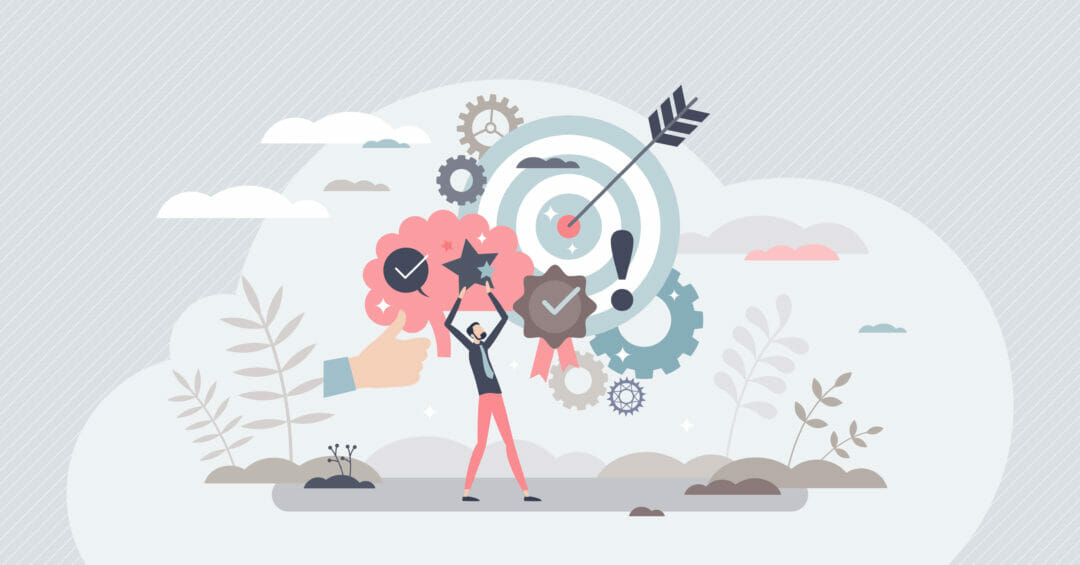The way we interact technology in the enterprise environment has evolved significantly in the year, as workforces across the globe have been propelled into the new world of remote working. This has seen the number of applications rolled out increase significantly. Research from Okta has found that the average large organisation now has over 100 employee applications. While these have aided the shift from desk and office-based practices to working from anywhere at any time, it’s important to assess the impact that this increasing number of applications has on the employee experience.
Productivity killer
Research from Pegasystems Inc. found that the average employee uses 35 business-critical applications and switches between these over 1,000 times a day. Employees are also said to be checking and reading their emails every six minutes.
This is a clear technology overload for many enterprise users, and this can have a severe impact on employee productivity. Even Tesla CEO Elon Musk said on a recent Clubhouse broadcast that “context switching is the mind-killer.” And according to psychologist Gerald Weinberg, this destroys productivity by 80%.
Closing the gap: the digital productivity puzzle
The evolving support experience
Before the Covid-19 pandemic, many organisations will have had support teams that would provide a white glove service to colleagues, with engineers happy to sit with a co-worker to identify and resolve issues. This is clearly more challenging to deliver today as businesses attempt to provide the same great level of service across hybrid working teams.
And with any SaaS technology, high-frequency change is the norm – applications are typically updated four times a year with updates to features, functionality and workflow.
These changes, coupled with the different support experiences offered between each application, make it harder for employees to stay in the flow of work. This leaves users navigating between several chatbots, online knowledge bases, resource hubs or the helpdesk, which can have a huge impact on productivity. Time is lost mentally shifting and refocusing as employee’s embark on a digital safari, seeking the tools they need across the landscape of the modern enterprise.
These disjointed systems and support experiences have also naturally led to disparate measurement when it comes to the employee experience. Lacking visibility of the employee journey across both business systems and support channels, organisations can struggle to identify the root cause of workflow bottlenecks. This is where data and analytics is critical in transforming the employee experience.
Hybrid working: creating a sustainable model
Leading with insight
Taking a data-led approach to understanding the employee experience can provide invaluable insight for businesses, and can help them to identify how users are interacting with the platforms they are navigating every day. Measuring employee touchpoints in activities that span multiple systems provides insight into where we are succeeding or failing. Reviewing this based on employee persona, for example their role and location, allows us to identify the needs of different user communities. This offers a technology driven approach to delivering a white glove support service and enhancing employee experience.
However, this insight is only useful if actionable and support experiences are unified across the business, a problem which Digital Adoption Platforms can address. By integrating on top of software applications, providing contextual support for users, and proactively flagging issues, businesses can directly address the challenge of evolving the support model to meet the needs of today’s workforce and lack of insight that many are suffering from.
Linking employee experience and KPIs
If the pandemic has taught businesses anything, it’s that the employee experience is just as important as customer experience. This is why building this into wider KPIs will be important as we continue to emerge from the pandemic.
Mapping out key objectives for user experience and identifying measurements that clearly signpost progress keeps organisations laser focused on metrics that matter. By continuously improving employee experience businesses can also help remove digital distraction, boosting both productivity and the value of their technology investments over time.
By focusing on improving today’s support experiences, we can bridge the gap between people and technology. This enhanced support experience will be crucial in moving forward, and the insight that can be gathered from the employee journey will inform how organisations can get the most out of their investments. And more importantly, this will ensure that employees are equipped with the tools and support they need to stay in the flow of work in this new hybrid world.








